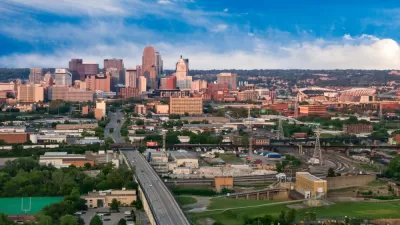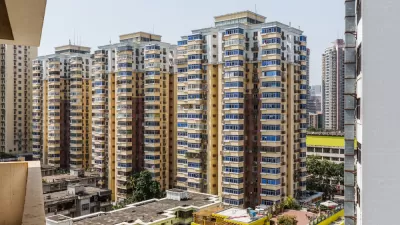A group of industry and policy leaders discuss the current state of the technology and infrastructure that will drive change for the auto industry.
The article features excerpts from a panel at the recent Governors' Climate Summit: The Road to Copenhagen, which was held in Los Angles in October. The panel, "Emerging Technologies: Getting Low Carbon Vehicles on the Road," was moderated by California Air Resources Board Chair Mary Nichols and included executives from the auto industry.
"On the one hand, the energy providers and the oil companies have a natural impulse and fiduciary responsibility to protect business. So too do the auto manufactures have the responsibility to their customers to provide the safest possible vehicle, even beyond regulatory aspects. At the end of the day, it is going to be the consumers who decide what works for them." -Diarmuid O'Connell, Vice President of Business Development, Tesla Motors
"The European automobile industry has given the supplies and infrastructure for keeping their cars connected...I am a bit worried that in the United States you are going to have a very primitive EV connector. If you have one plan for the coming years, you need to have a standardized connection and you need to have a smart interface between the connection, the user, and the grid." -Bharat Balasubramanian, Vice President, Product Innovations and Process Technologies, Daimler AG
"...one of the things I have to applaud California for is being willing to try things despite how damn frustrating that is. You've tried ethanol. You've tried CNG. You tried EV1s. You tried hydrogen. I think the message is that each of these solutions is extremely complicated. It's not just the technology or the vehicle, it is also the infrastructure, the supply team, the consumer, and the value proposition." -Christopher Reynolds, Group Vice President and General Counsel of Toyota Motor Sales, Inc.
Thanks to James Brasuell
FULL STORY: Governors’ Climate Summit: Future of the Automobile Examined

Planetizen Federal Action Tracker
A weekly monitor of how Trump’s orders and actions are impacting planners and planning in America.

Maui's Vacation Rental Debate Turns Ugly
Verbal attacks, misinformation campaigns and fistfights plague a high-stakes debate to convert thousands of vacation rentals into long-term housing.

San Francisco Suspends Traffic Calming Amidst Record Deaths
Citing “a challenging fiscal landscape,” the city will cease the program on the heels of 42 traffic deaths, including 24 pedestrians.

Amtrak Rolls Out New Orleans to Alabama “Mardi Gras” Train
The new service will operate morning and evening departures between Mobile and New Orleans.

The Subversive Car-Free Guide to Trump's Great American Road Trip
Car-free ways to access Chicagoland’s best tourist attractions.

San Antonio and Austin are Fusing Into one Massive Megaregion
The region spanning the two central Texas cities is growing fast, posing challenges for local infrastructure and water supplies.
Urban Design for Planners 1: Software Tools
This six-course series explores essential urban design concepts using open source software and equips planners with the tools they need to participate fully in the urban design process.
Planning for Universal Design
Learn the tools for implementing Universal Design in planning regulations.
Heyer Gruel & Associates PA
JM Goldson LLC
Custer County Colorado
City of Camden Redevelopment Agency
City of Astoria
Transportation Research & Education Center (TREC) at Portland State University
Jefferson Parish Government
Camden Redevelopment Agency
City of Claremont





























